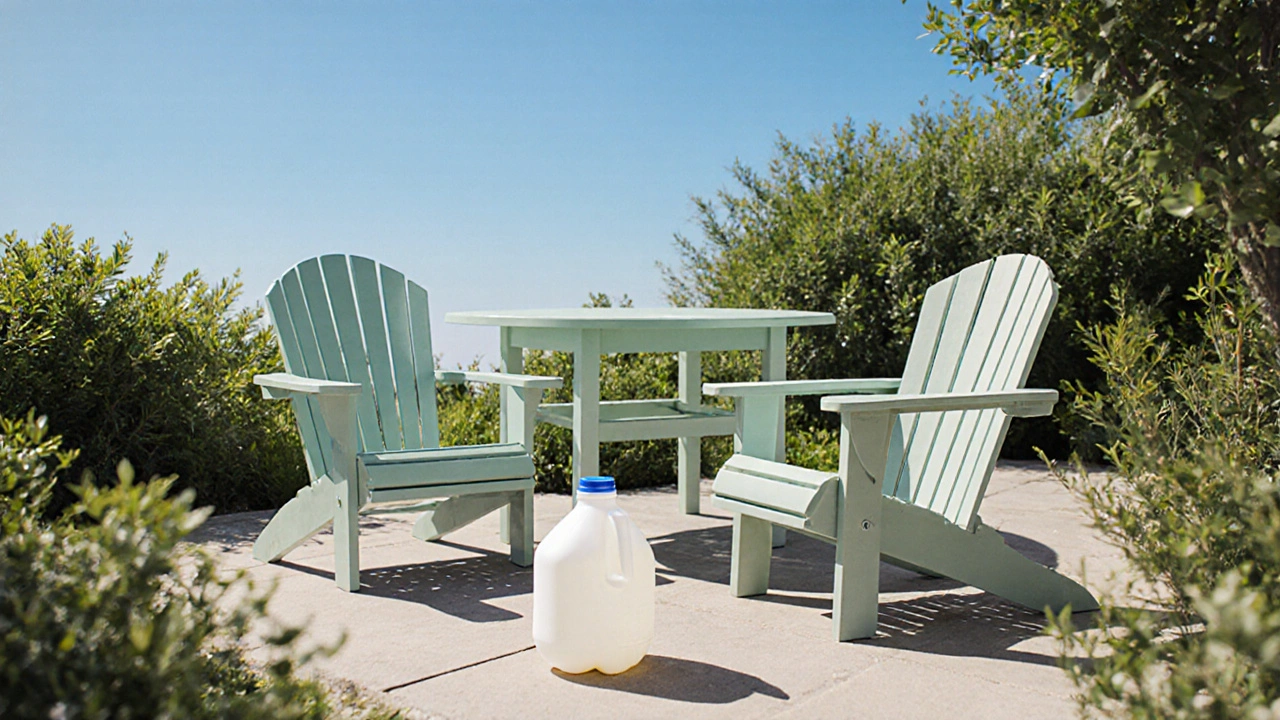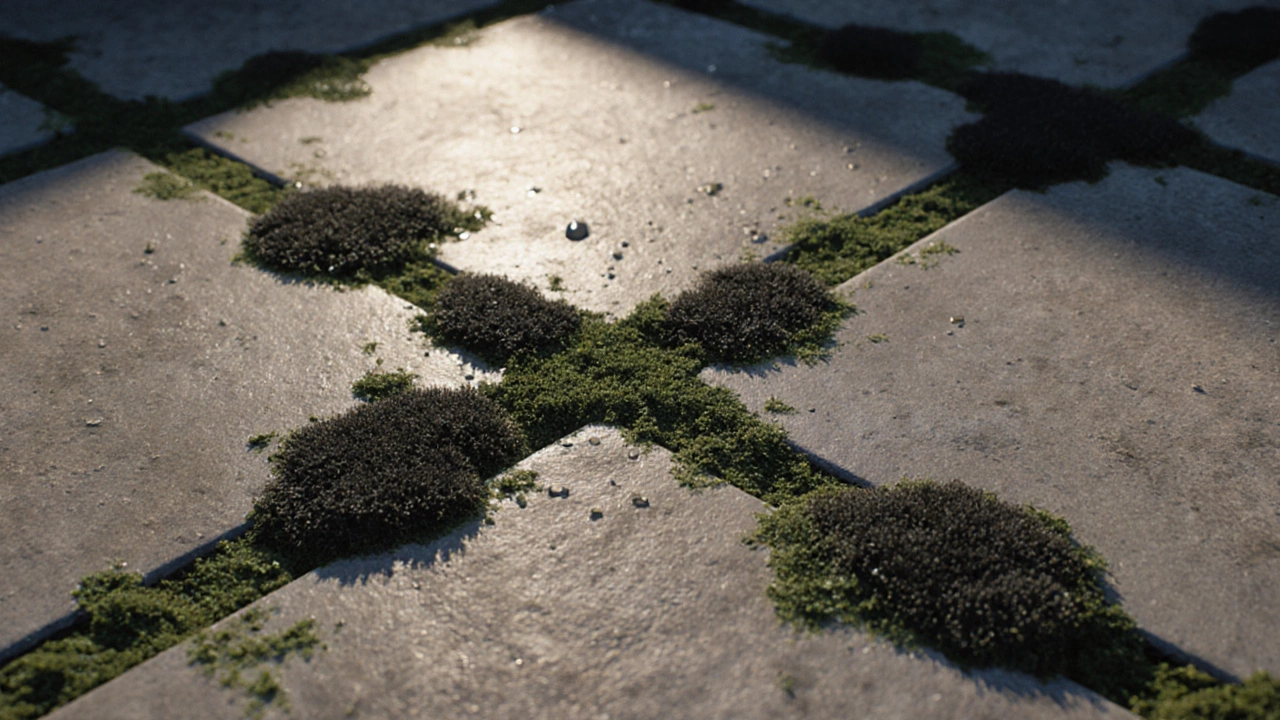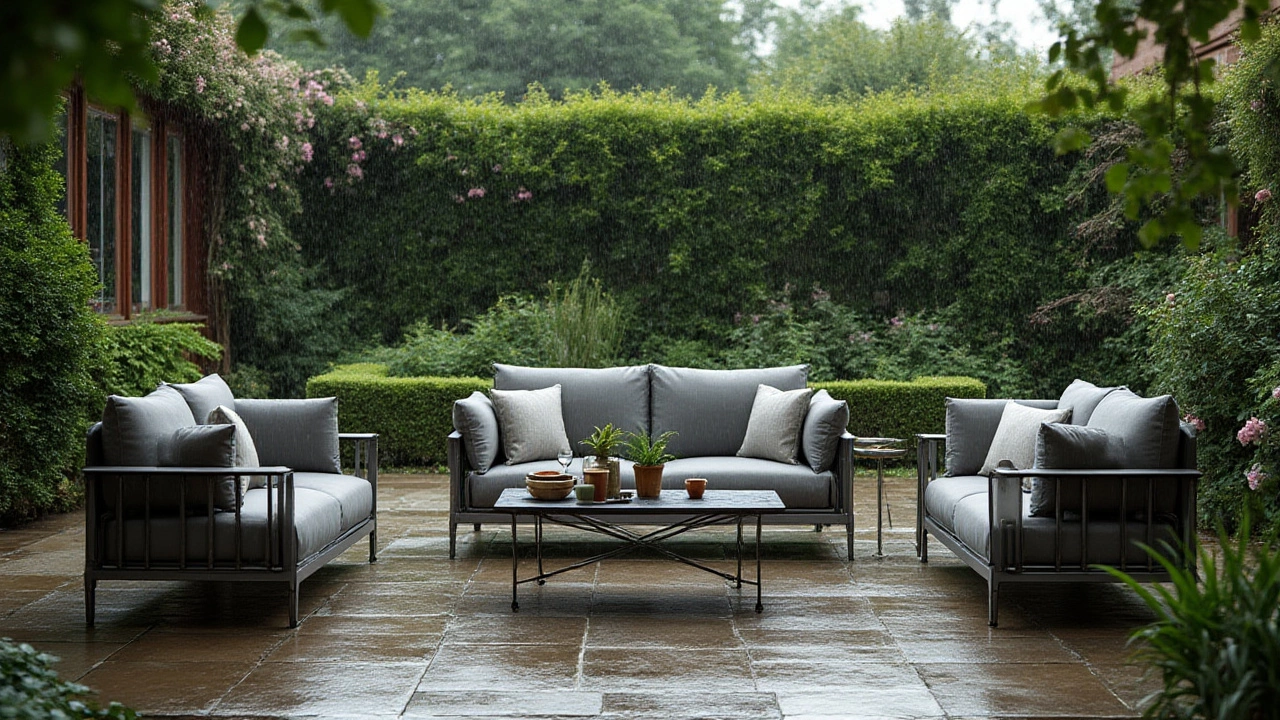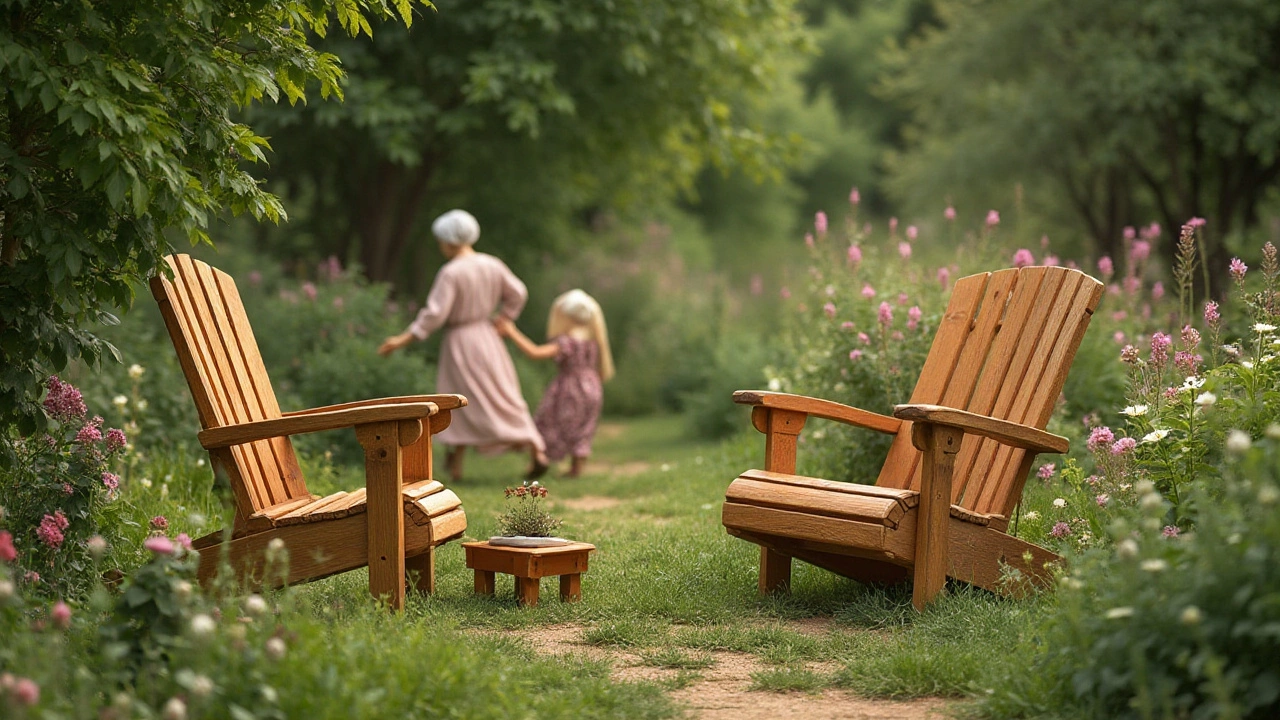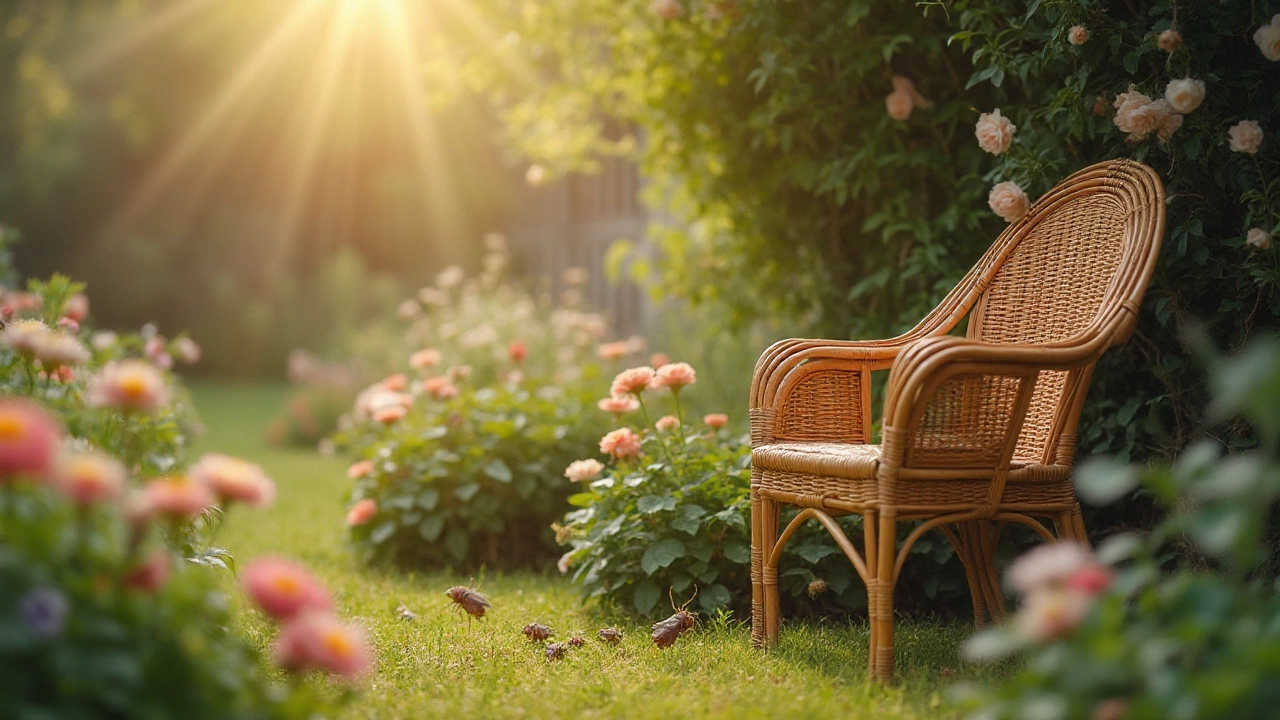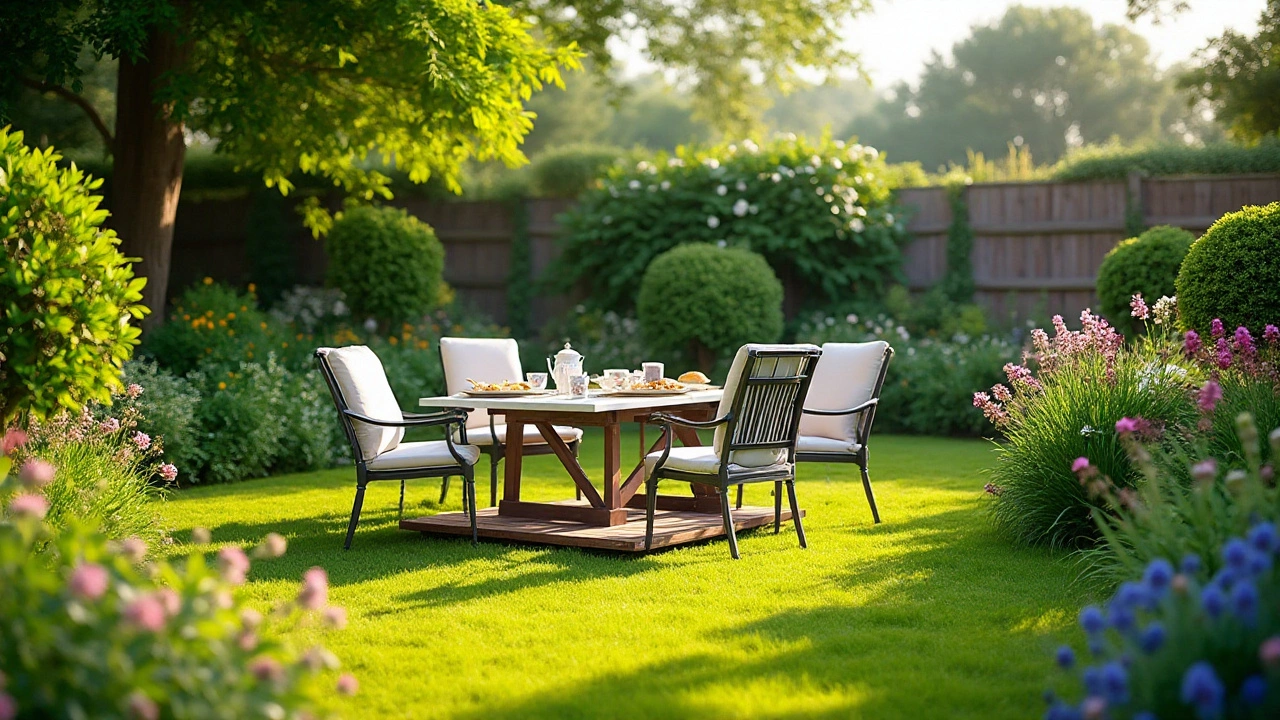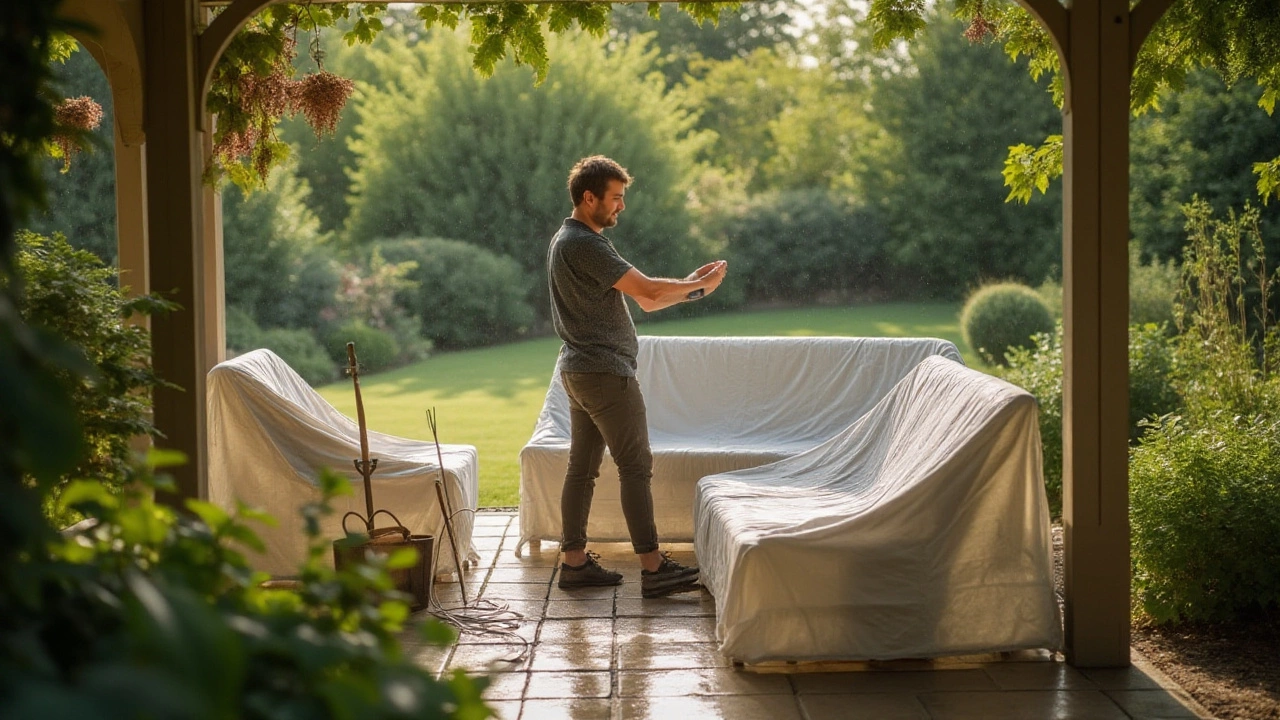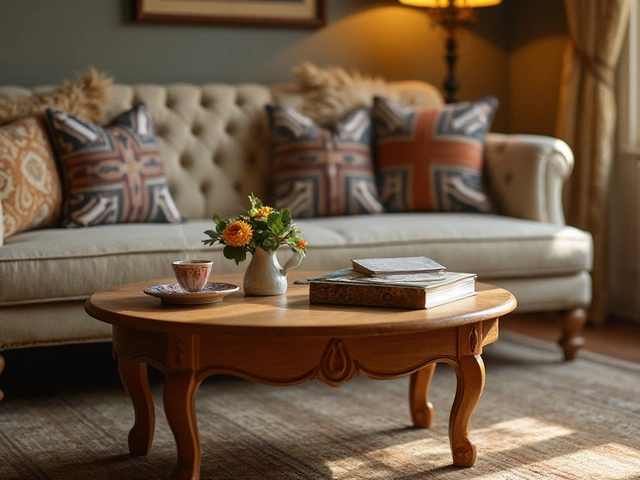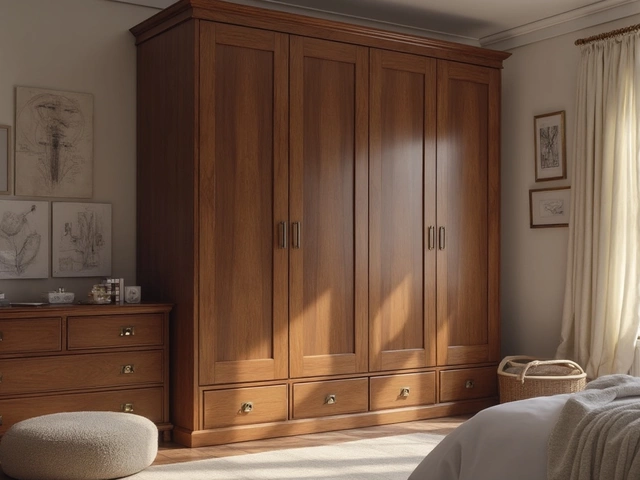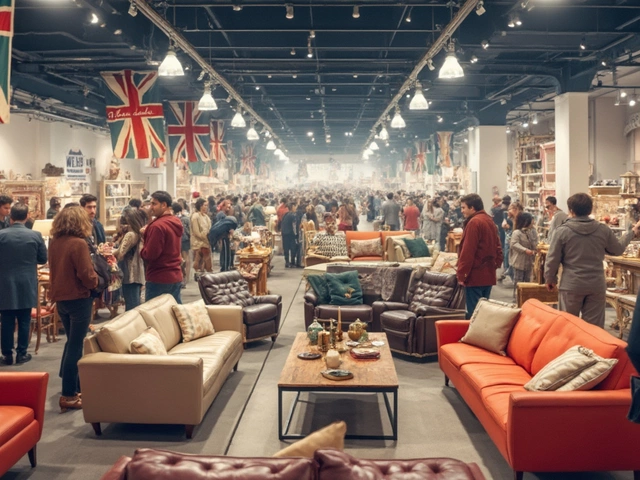Outdoor Furniture: Smart Picks and Care Tips for Every Yard
Looking for furniture that can handle British weather without falling apart? You’re in the right spot. We’ll walk through the toughest materials, easy ways to keep rain off, and simple tricks to stop chairs sinking into your lawn. No jargon, just practical advice you can use right now.
Choosing Weather‑Proof Materials
First thing’s first: the material decides how long your set will last. Aluminum frames are light, rust‑free, and stand up to wind. If you prefer wood, go for teak or cedar – they contain natural oils that resist rot. For a low‑maintenance option, recycled plastic like POLYWOOD gives the look of wood with the durability of a plastic chair. It won’t splinter, crack, or need yearly sealant.
Fabric matters, too. Look for UV‑protected polyester or solution‑dyed acrylic. These fabrics keep their colour after endless sun exposure and dry quickly after rain. Avoid plain cotton; it will fade and mildew fast.
Keeping Your Furniture in Shape
Rain is a common nightmare, but a simple cover can save you hundreds in repairs. Choose a breathable tarp that fits snugly over the whole set – it stops water from pooling while allowing air to circulate. If you store pieces in a shed for the winter, add a silicone spray to metal frames to add an extra rust barrier.
Grass can be a silent enemy. Chairs sink when the legs press into soft soil, especially after rain. A quick fix is to place a round rubber mat or a few garden stepping stones underneath each leg. For a permanent solution, lay a low‑profile pallet base – it spreads the weight and keeps the furniture level.
Wicker looks great but can hide pests. Bed bugs rarely love wicker, but they can hide in the tight weave if furniture sits on the ground for months. A quick vacuum and occasional shake‑out will keep unwanted guests away. If you’re worried, pick synthetic resin wicker – it’s smoother and easier to clean.
Eco‑conscious shoppers love POLYWOOD because it’s made from recycled plastics. Even traditional communities, like the Amish, are testing it for its low maintenance and durability. It blends the look of classic wood with modern sustainability, so you get the best of both worlds.
Finally, set a maintenance schedule. Wipe down surfaces after each use, tighten loose screws once a month, and re‑apply protective oil to wooden pieces annually. A little effort now stops costly fixes later.
With the right material, smart covers, and simple upkeep, your outdoor furniture will stay comfortable, stylish, and ready for any British summer or unexpected downpour.

